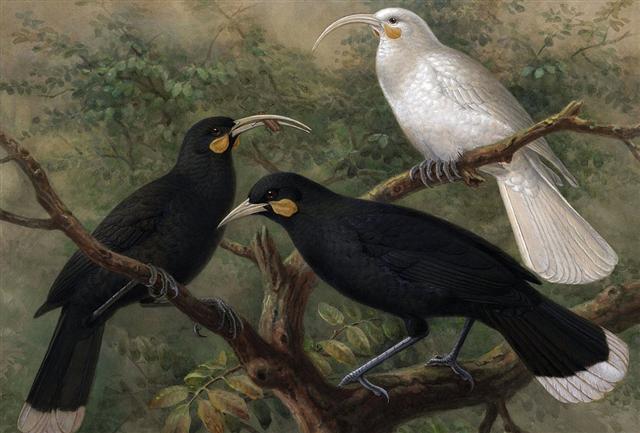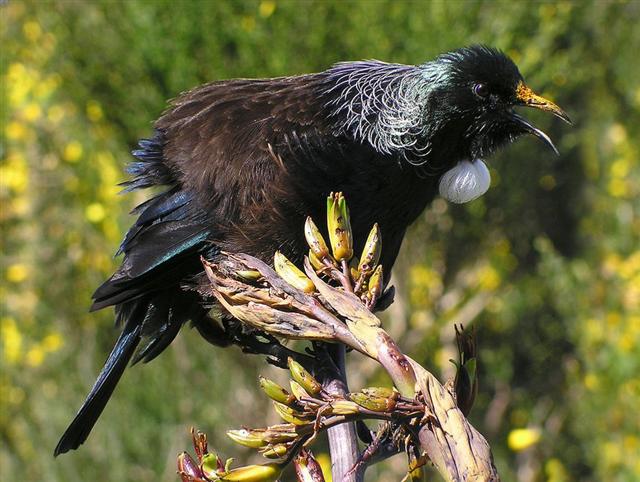Once again. In Ga5-5 there are 12 feathers at left and 10 in front and it could refer to the change from 10 months to 12 months in a year - although here then described in a reverse (mirror) fashion: ... The earlier system had 10 months and then there was a reconstruction making it into a system with 12 months. From the natives of South Island [of New Zealand] White [John] heard a quaint myth which concerns the calendar and its bearing on the sweet potato crop. Whare-patari, who is credited with introducing the year of twelve months into New Zealand, had a staff with twelve notches on it. He went on a visit to some people called Rua-roa (Long pit) who were famous round about for their extensive knowledge. They inquired of Whare how many months the year had according to his reckoning. He showed them the staff with its twelve notches, one for each month. They replied: 'We are in error since we have but ten months. Are we wrong in lifting our crop of kumara (sweet potato) in the eighth month?' Whare-patari answered: 'You are wrong. Leave them until the tenth month. Know you not that there are two odd feathers in a bird's tail? Likewise there are two odd months in the year.' The grateful tribe of Rua-roa adopted Whare's advice and found the sweet potato crop greatly improved as the result ... The Maori further accounted for the twelve months by calling attention to the fact that there are twelve feathers in the tail of the huia bird and twelve in the choker or bunch of white feathers which adorns the neck of the parson bird ...
... It is therefore interesting to find a pair of 5-flame Suns in the C text. They were placed earlier in the text than the pair of 6-flame Suns:
We should now place this pair of 5-flame Sun glyphs in their proper positions in the calendar and among the stars:
From the dry (paka) turtle (honu) at the train of the garment of Andomeda (Adhil) - with Spica in Virgo at the other side of the year - a new cycle seems to begin. The tiny Fox star rose at the same time as Spica.
... The Arabs in the desert regarded it as a test of penetrating vision; and they were accustomed to oppose 'Suhel' to 'Suha' (Canopus to Alcor) as occupying respectively the highest and lowest posts in the celestial family. So that Vidit Alcor, et non lunam plenum, came to be a proverbial description of one keenly alive to trifles, but dull of apprehension for broad facts ... ... Proclus informs us that the fox star nibbles continuously at the thong of the yoke which holds together heaven and earth; German folklore adds that when the fox succeeds, the world will come to its end. This fox star is no other than Alcor, the small star g near zeta Ursae Majoris (in India Arundati, the common wife of the Seven Rishis, alpha-eta Ursae ... Clearly the glyphs and the myths are indicating a change where Spica was at the Full Moon and the Sun had reached day *384 (= 13 * 29½ + ½) = 365 + 19. At the time of Gregory XIII this had been in şApril 9 and at nakshatra Heze.
|
|||||||||||||||||||||||||||||||||||||||||||||||||||||||||||||||||||||||||||||||||||||||||||||||||||||||||||||||||||||||||||||||||||||||||||||||||||||||||||||||||||||||||||||||||||||||||||||||||||||||||||||||||||||||||||||||















